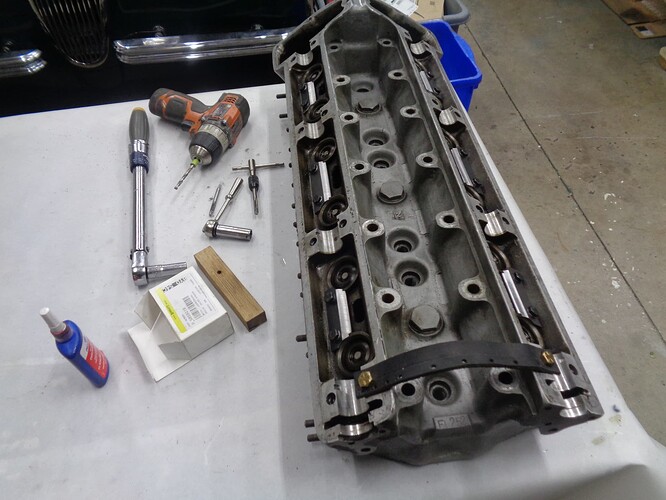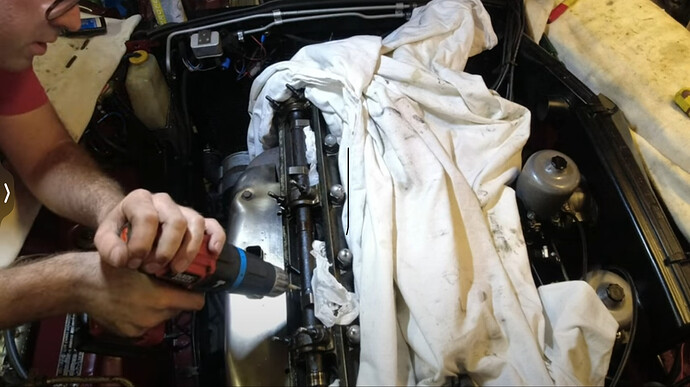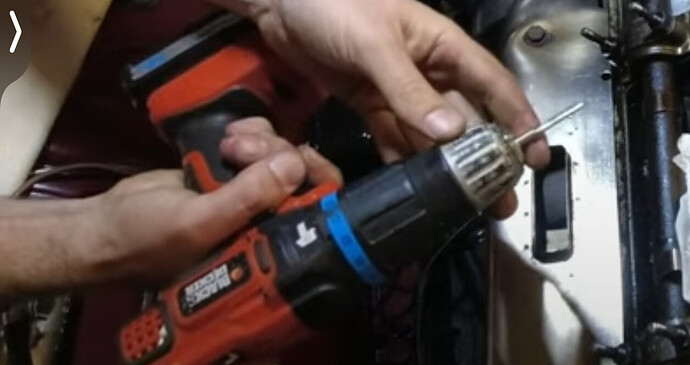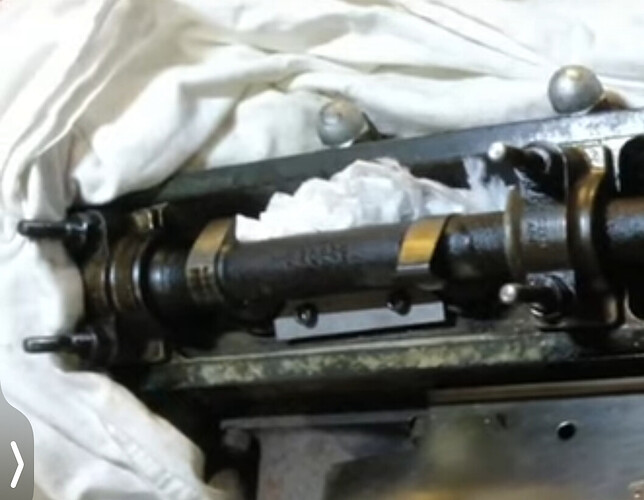When I had my XK120 head rebuilt last month I didn’t know better than to NOT have oil seals installed on the exhaust valves. The new bronze exhaust valve guides came with the requisite grooves in them and the supplier lists the seals for the XK head as “12 required for 6 cylinder”, so that’s what I went with.
Only later I came across this post from Dick Maury
and had one of them “ah, shit” moments.
Then, found this post from Roger King
and had another “ah shit” moment piled onto the first.
Both, of course, after having reinstalled the head and taken the car out on an extended shake down run.
So, I figured I’d tackle both jobs at the same time. I ordered four hold down kits from SNGB (excellently made, btw) and did up my E-type head while it’s still on the bench so was confident I could do the XK’s in situ without getting swarf in the engine.
But I fretted about removing the XK’s exhaust valve seals while avoiding dropping a valve into a cylinder and turning the air blue in my shop yet again. I know from plenty of experience that learning from your mistakes is indelible, but learning from your successes is a lot better.
The course of action settled on was to put the engine at #6 TDC and attempt to free up the valve keepers and springs of #1 and #6 using compressed air with this little adapter I fabbed after smashing the insulation out of an old sparkplug:
figuring if the keepers were already stuck onto the valve stems the raised pistons would keep the valves from dropping down. But after only 31 or so miles of running the keepers freed up without drama and I was able to do the other four without turning the engine. Well, sort of …
Couple of things. When I plugged in the air hose (at 125 psi) atop #2 the crank snapped clockwise to the bottom of the stroke, so I belatedly put the car in gear and applied the hand brake, so I had to re-establish #6 TDC before putting the cams back in - weren’t we just discussing learning from your mistakes?
The other thing is I consulted the All-Knowing YouTube for advice and came across a how-to video with over 2,000 hits - I won’t post the link because ime it’s a good example of what not to do. The fellow does the job with the camshafts installed, reasoning (at 4:20, if you decide to find it anyway) that any aluminum swarf that gets into the engine is “very, very soft” and won’t do any damage. Yeah. Right. He then drills the holes freehand
and then taps them using the electric drill.
and if you look closely at the result you can’t help but be left unimpressed:





